How to Install Pencil Pleat Curtains
Fitting pencil pleat curtains is easier than you think! Our detailed guide walks you through every step, from preparing the curtain pole to achieving a perfect gather. With easy-to-follow instructions and helpful tips, you'll have your curtains looking flawless in no time.
What You'll Need
To install your new blinds you will need the below tools.
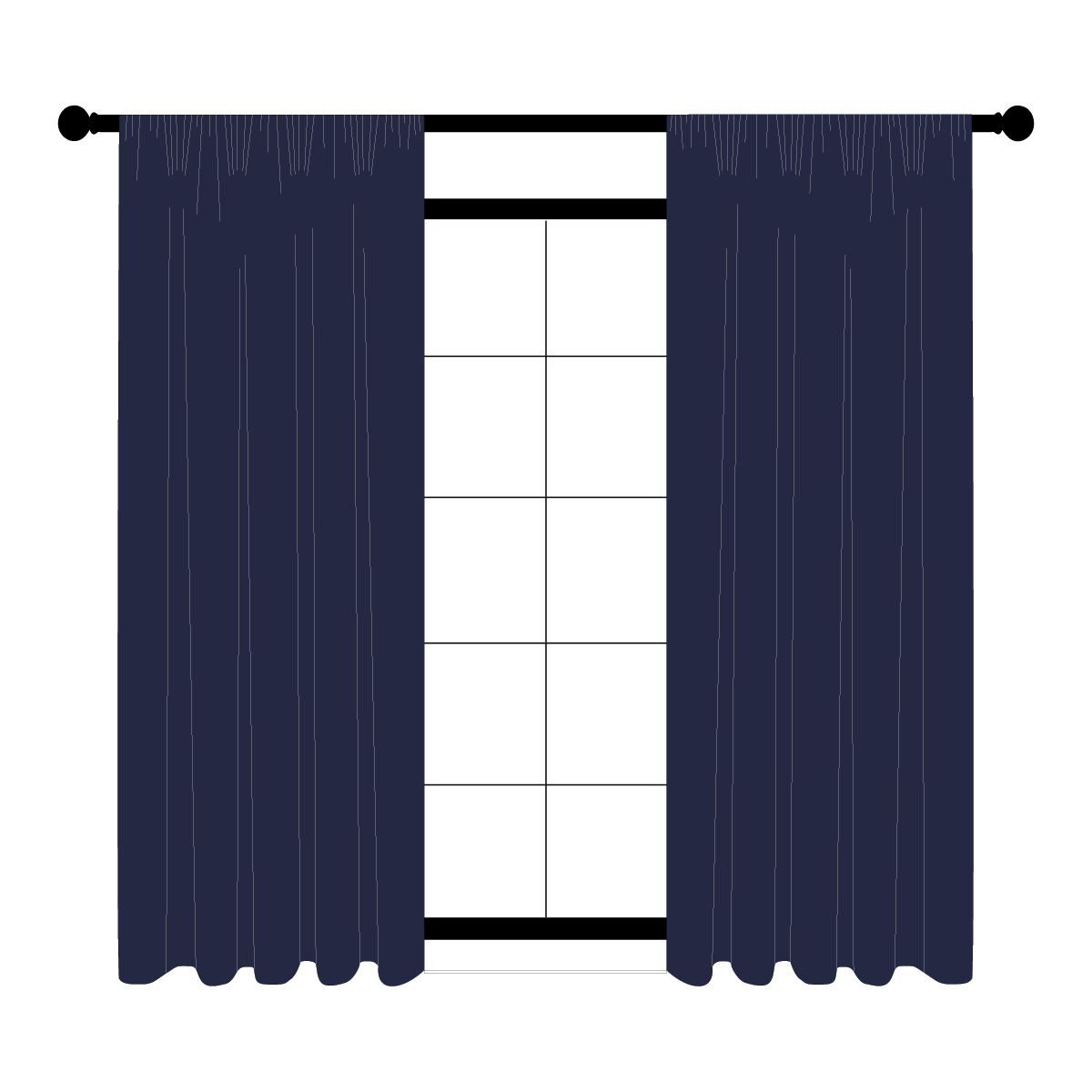
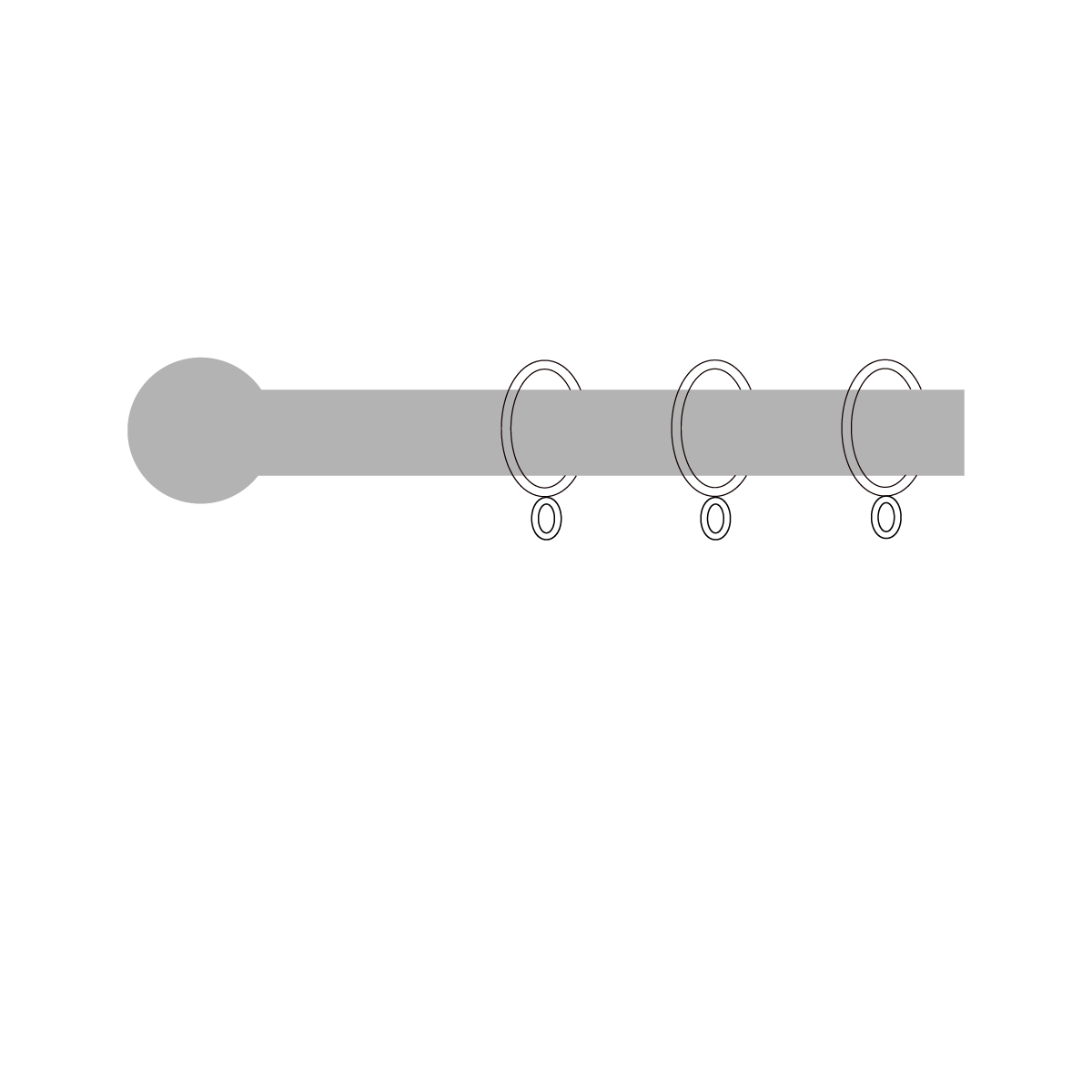
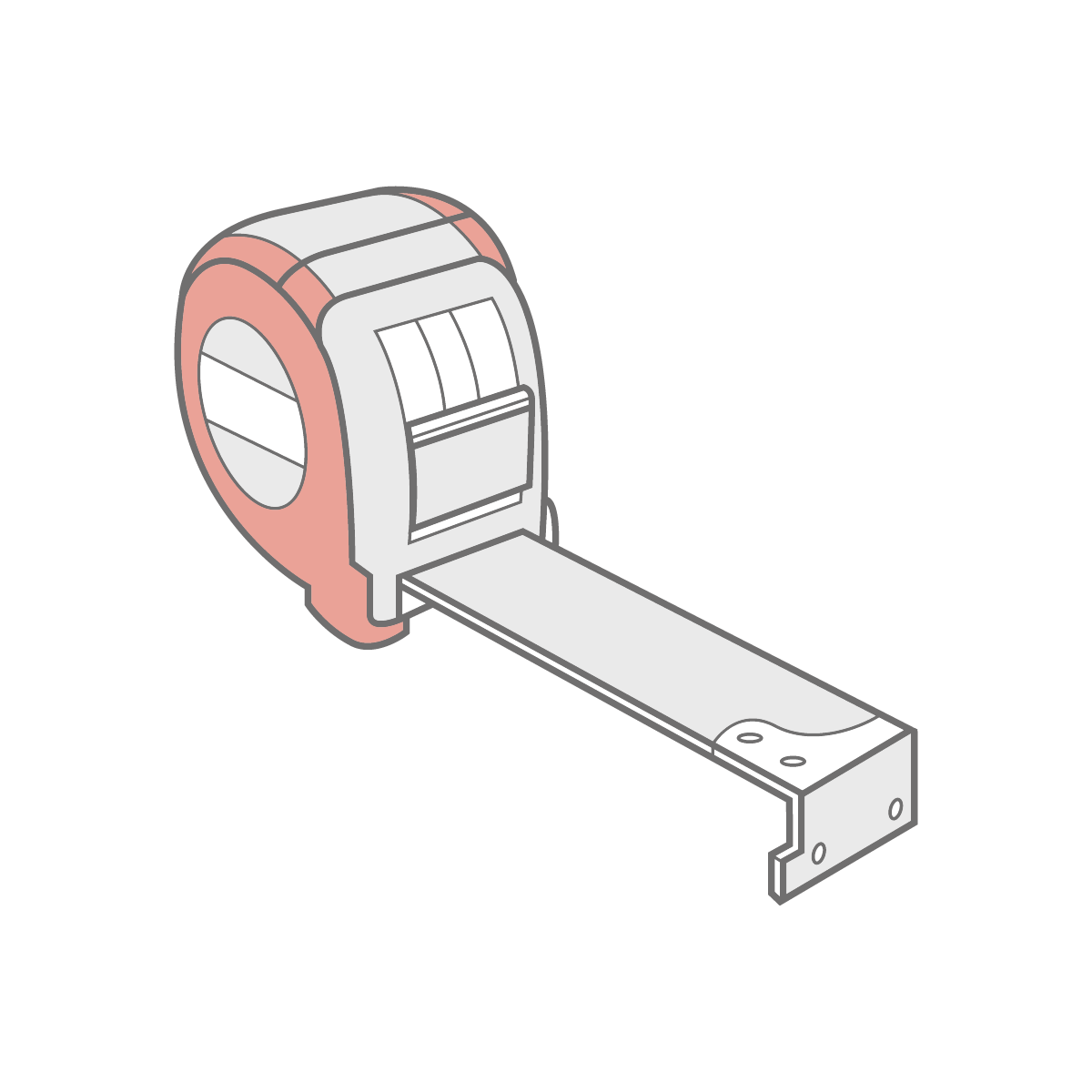
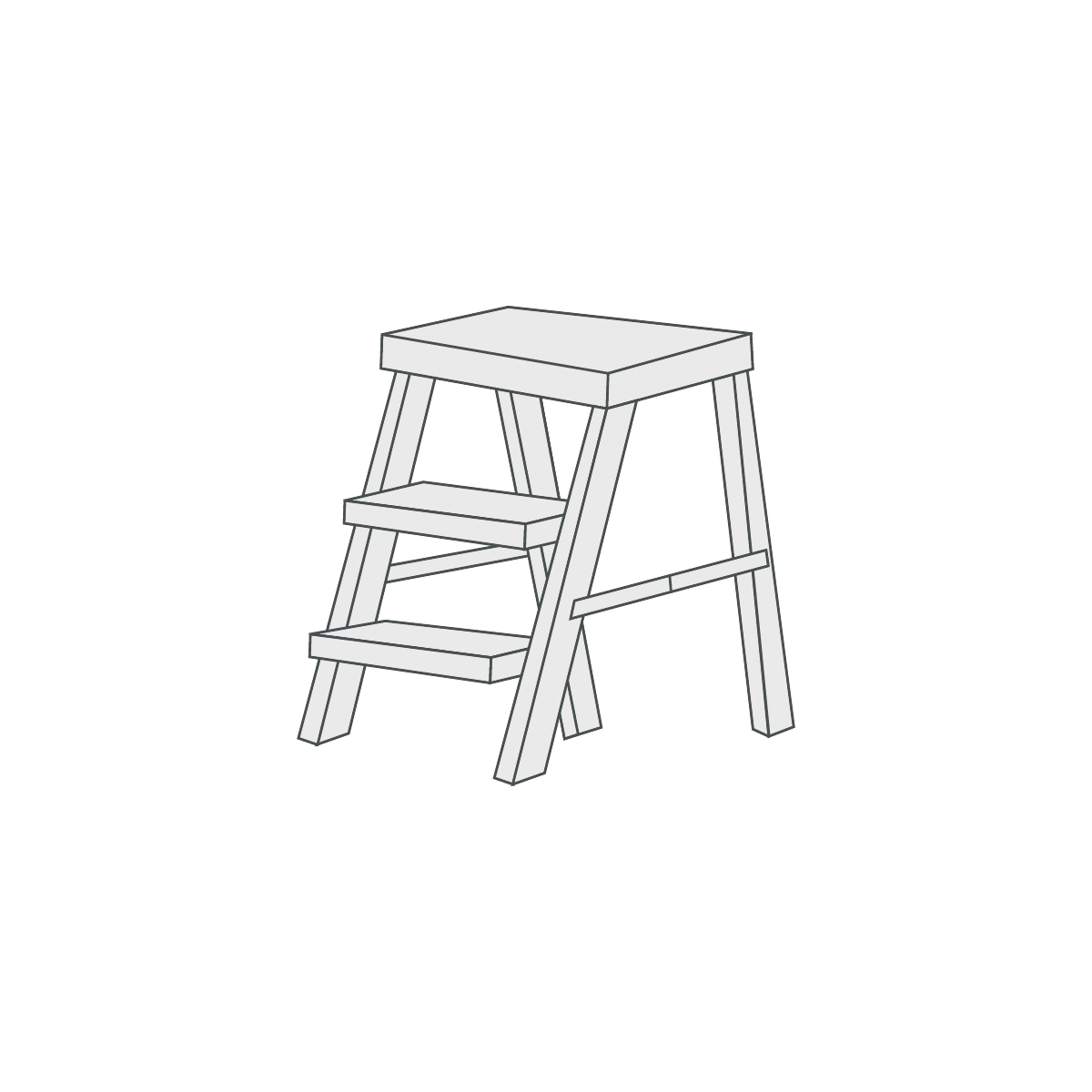
Video
We recommend watching our how to install video guide first.
Fitting Instructions For Pencil Pleat Curtains
Please take care when unpacking your blind, do not use a knife or any sharp objects when unpacking.
Step 1
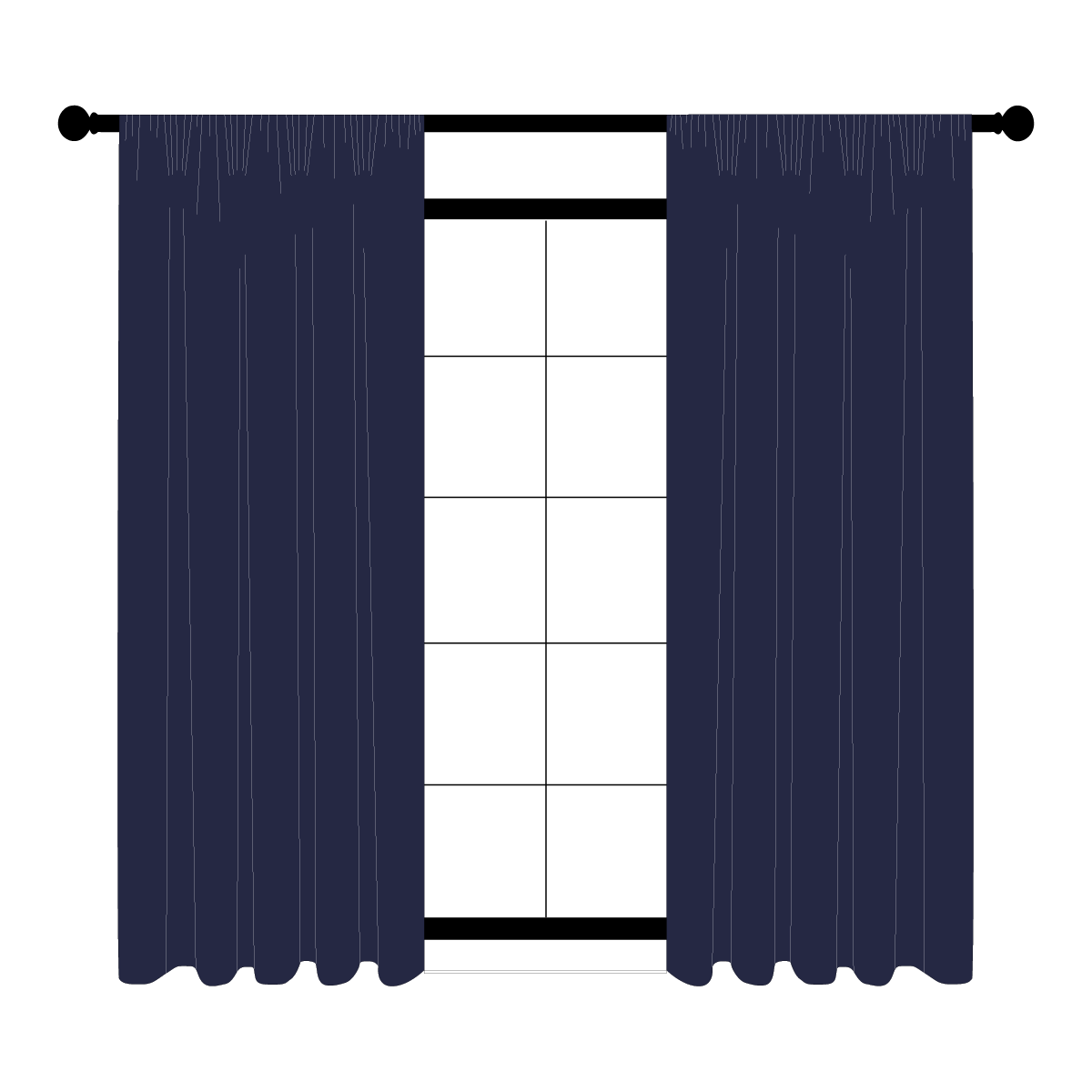
Curtain Pole or Track Position
Fitting curtains is easy. First, decide where you want to fit your curtain pole or track. You’ll need a new or existing curtain track or pole to hang your curtain from.
If you’re fitting a new track or a pole, please follow the manufacturer’s instructions provided.
Step 2
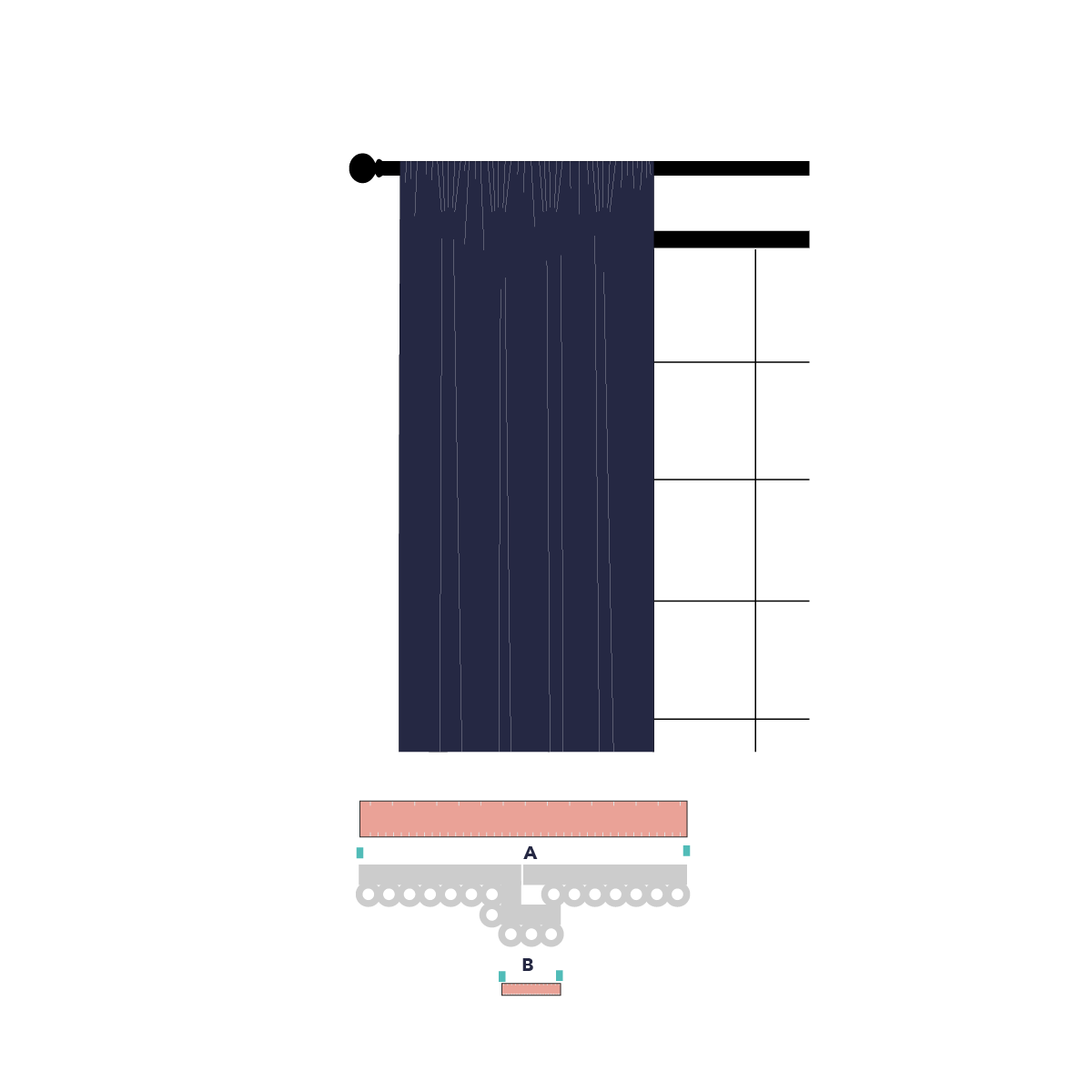
Fitting Pencil Pleat Curtains
Even though you will have measured the width of your curtain in the ordering stage, the first thing you need to do before hanging your pencil pleat curtain is to measure the total distance your curtains need to cover on your pole or rail and add 10 cm to allow for overlap when your curtains are closed.
Step 3
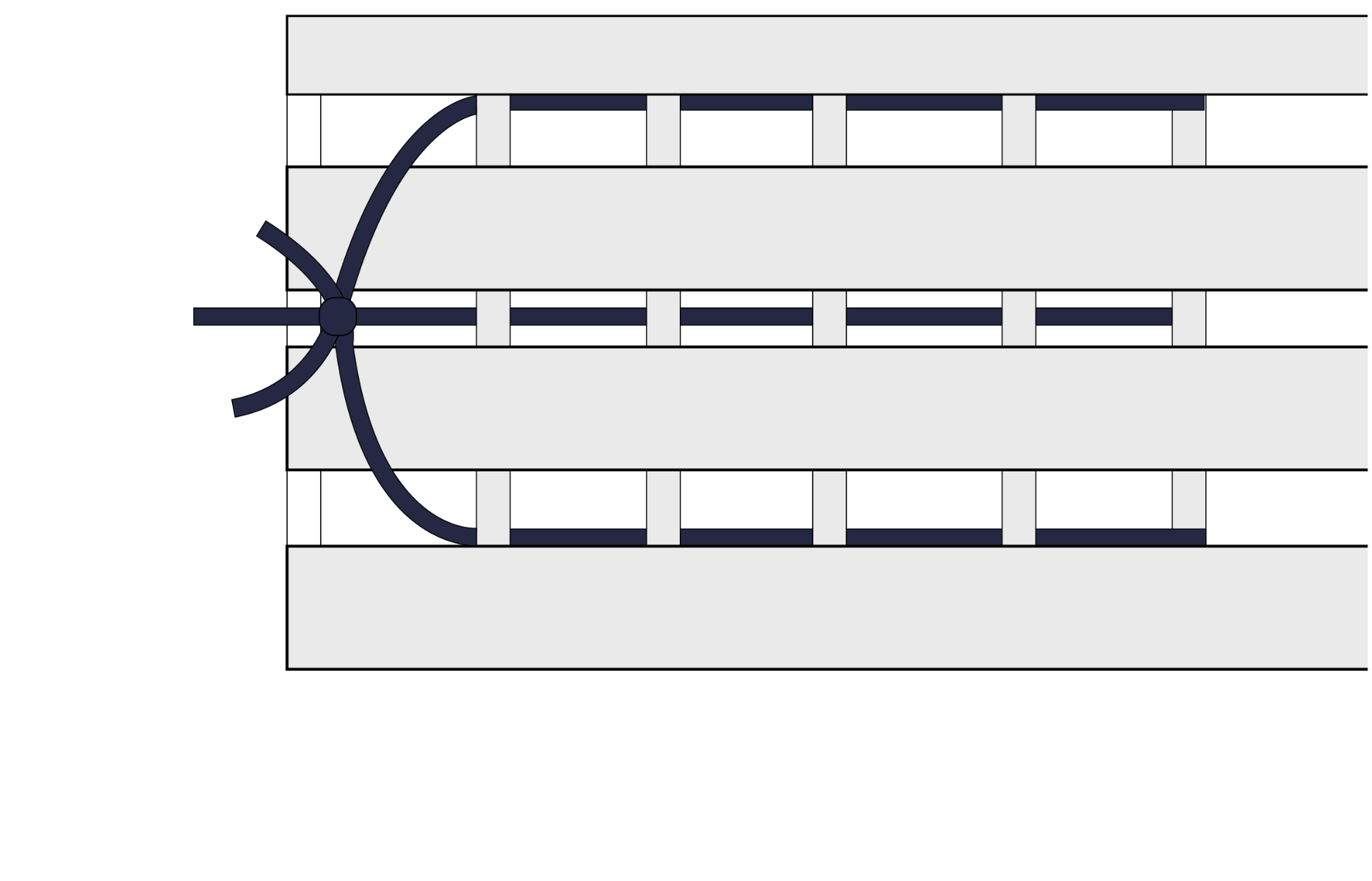
Gathering
Check the heading tape cords are securely tied at each end before you commence gathering the curtain.
In the unlikely event that you do accidentally unravel the heading tape, simply get a tapestry needle to re-thread the cords through.
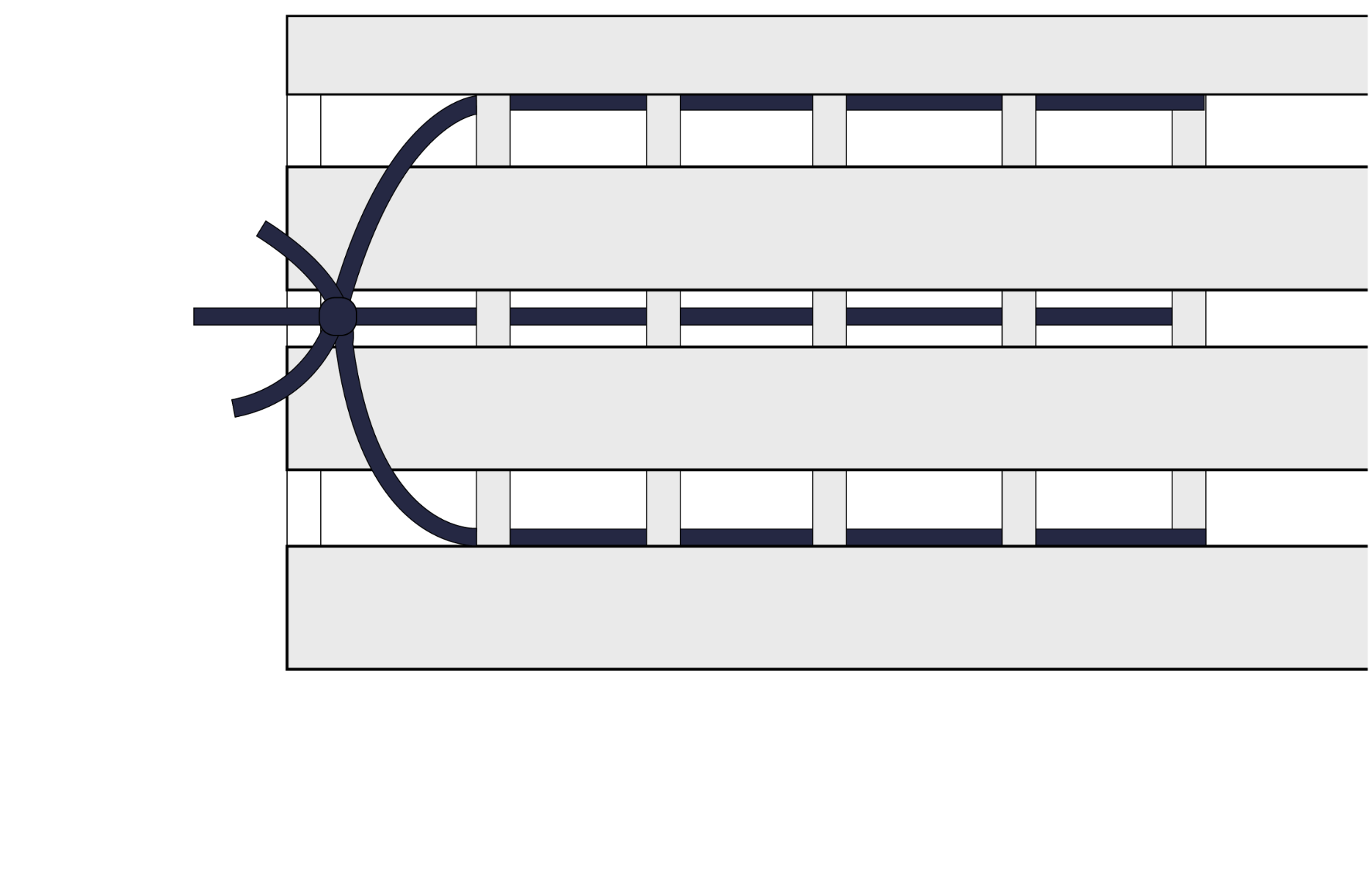
Gather Left to Right
You will gather one curtain from the left side and one from the right, to allow the excess cords to hang away from the centre of the window.
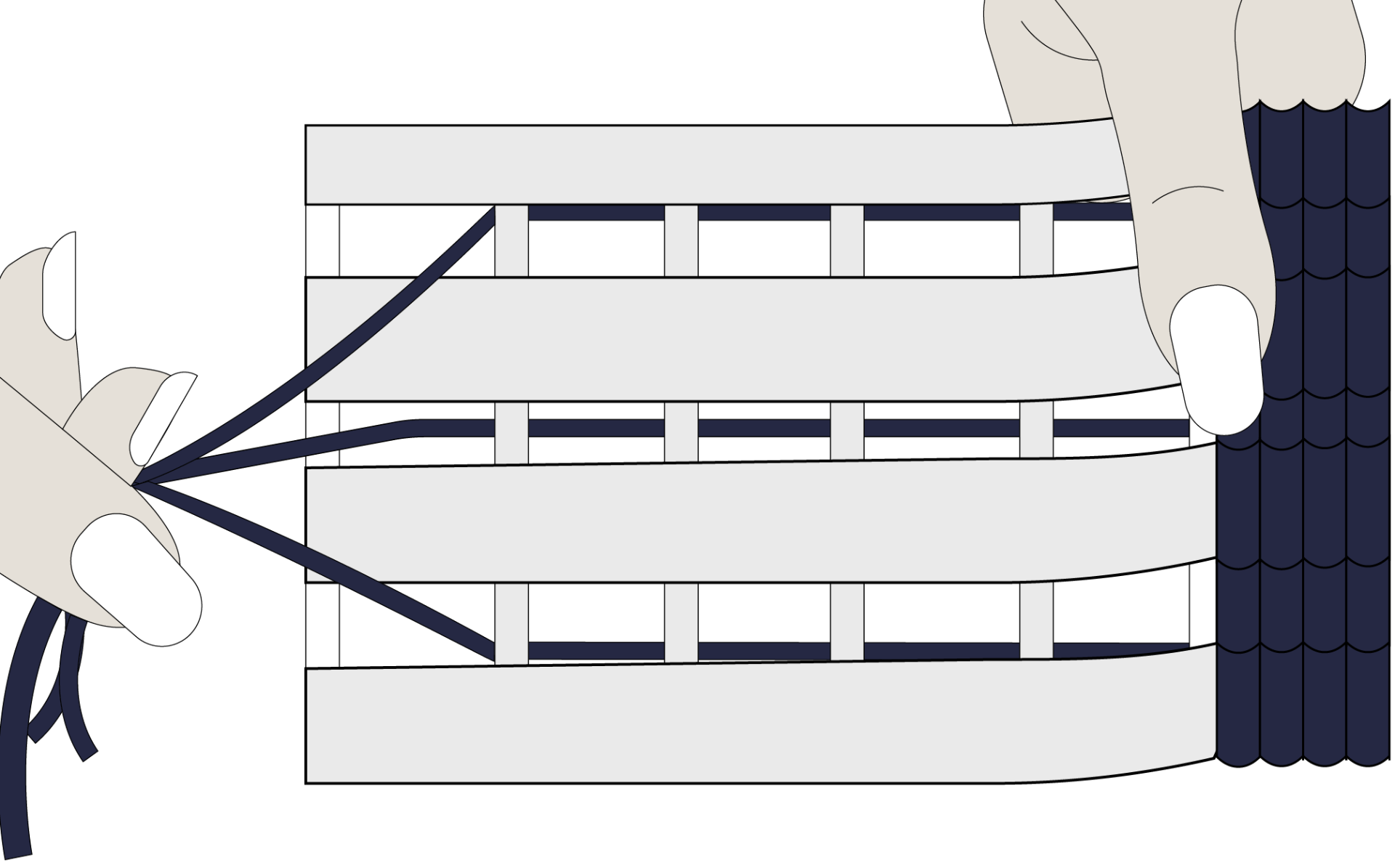
Pull to Gather
Pull a short section of cord from the tape and carefully push the fabric along the cords to form the pleats. Pull the cords evenly so that the pleats look nice and straight. It’s easier to check the evenness of the pleats by looking at the heading tape rather than the actual pleats in the curtain..
Step 4
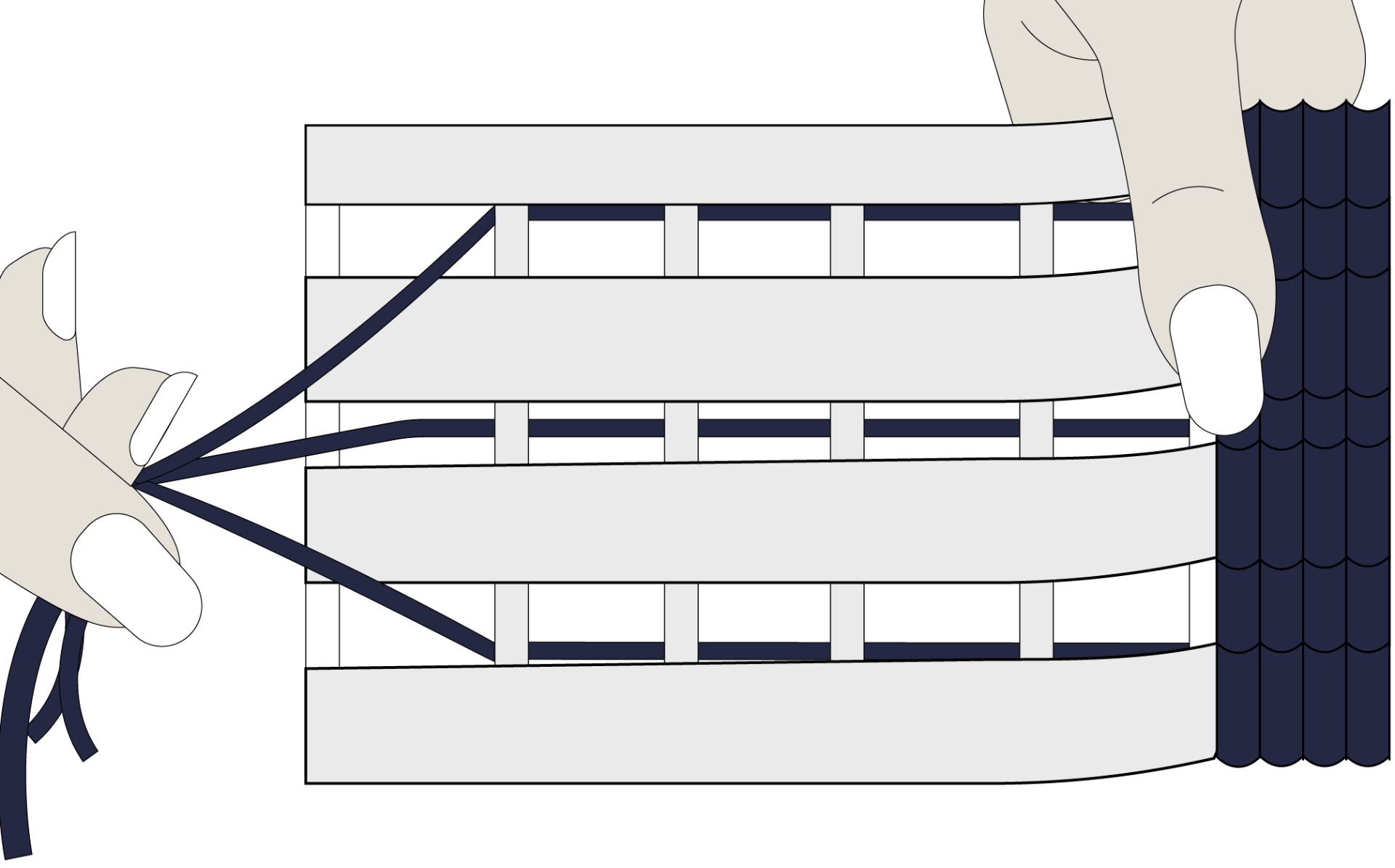
Tie the Curtains Off
Once you’ve arranged the curtain fabric to form pleats and you’re happy with the width of the curtain, tie the cords. Don’t cut the cords though as you may at some point want to loosen the curtain for cleaning or maybe to hang at a different window. The loose cords can be tucked out of sight behind the heading tapes.
Step 5
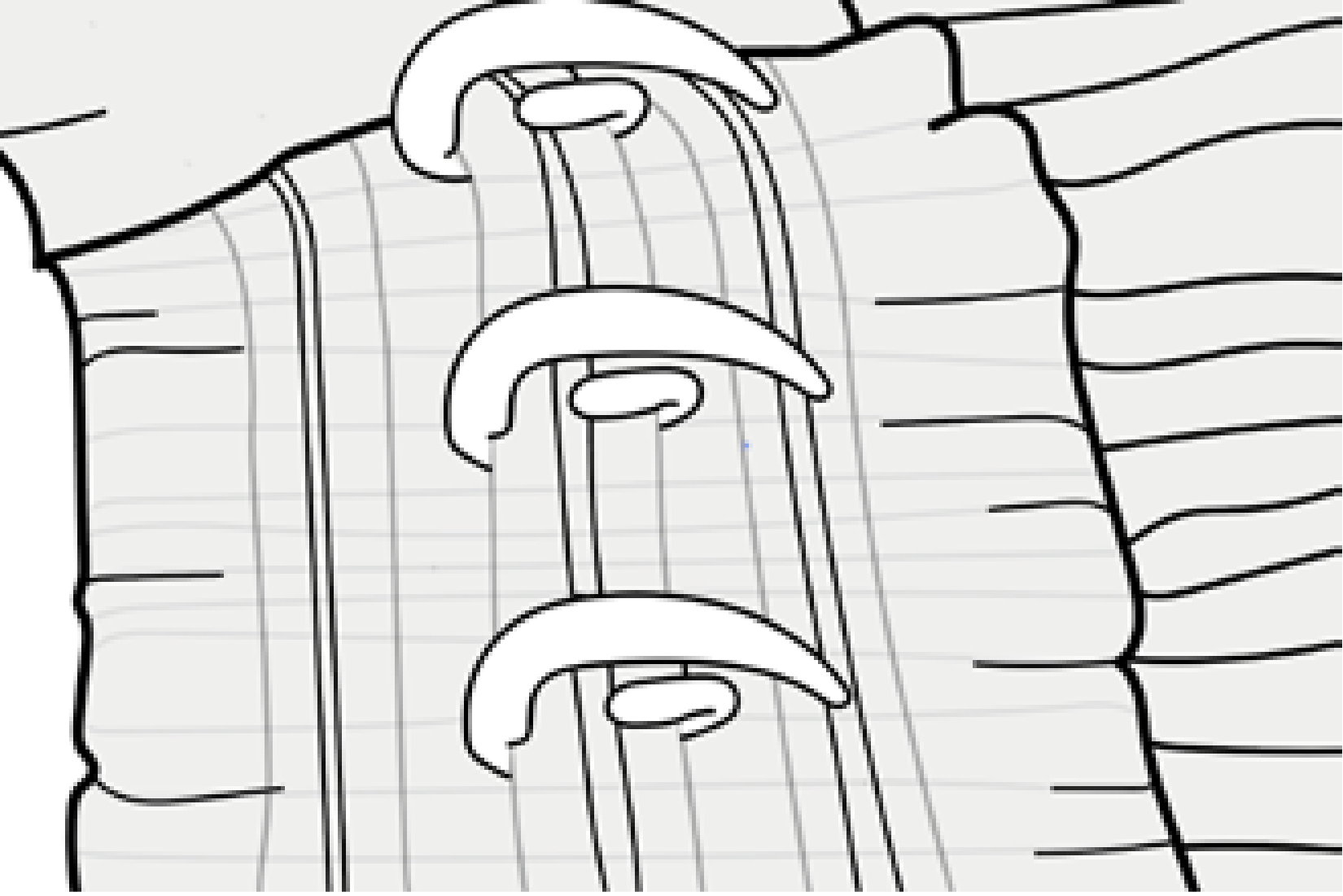
Inserting the Hooks
Count the number of gliders or rings that you have on your track or pole and then divide them in half; this is the number of hooks that you need to attach to each curtain.
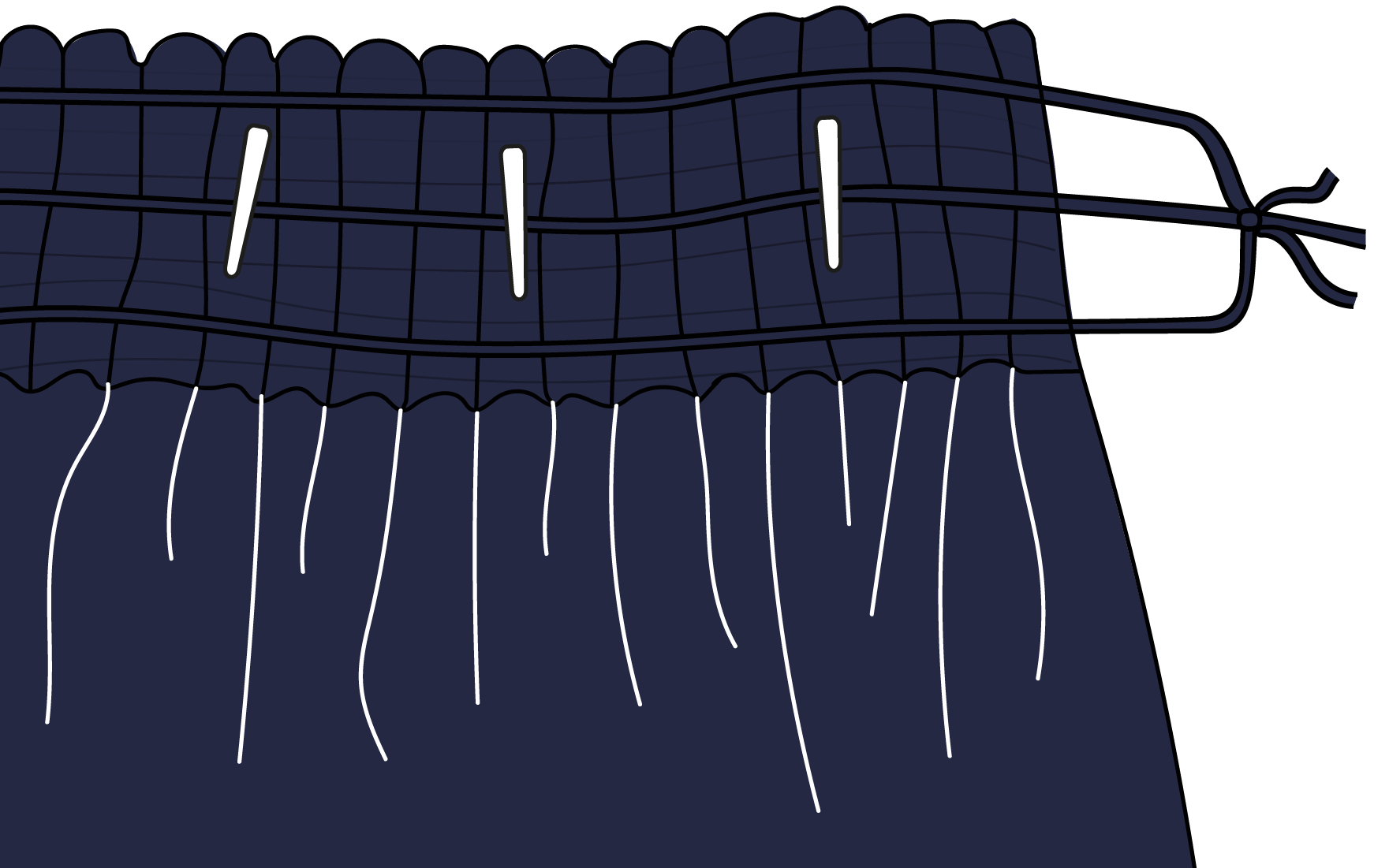
Hook Positioning
Before you put the hooks into the pockets it’s worth placing them loosely on top of the heading tape to ensure an even distance between the hooks. Make sure that you place a hook on the outside edge of each curtain so that when the curtain is pulled closed it will stay securely at the end of the track or pole. It’s worth considering the position of the hook on the leading edge too. Place it so that you can achieve a nice ‘overlap’ with the other curtain when they are closed.
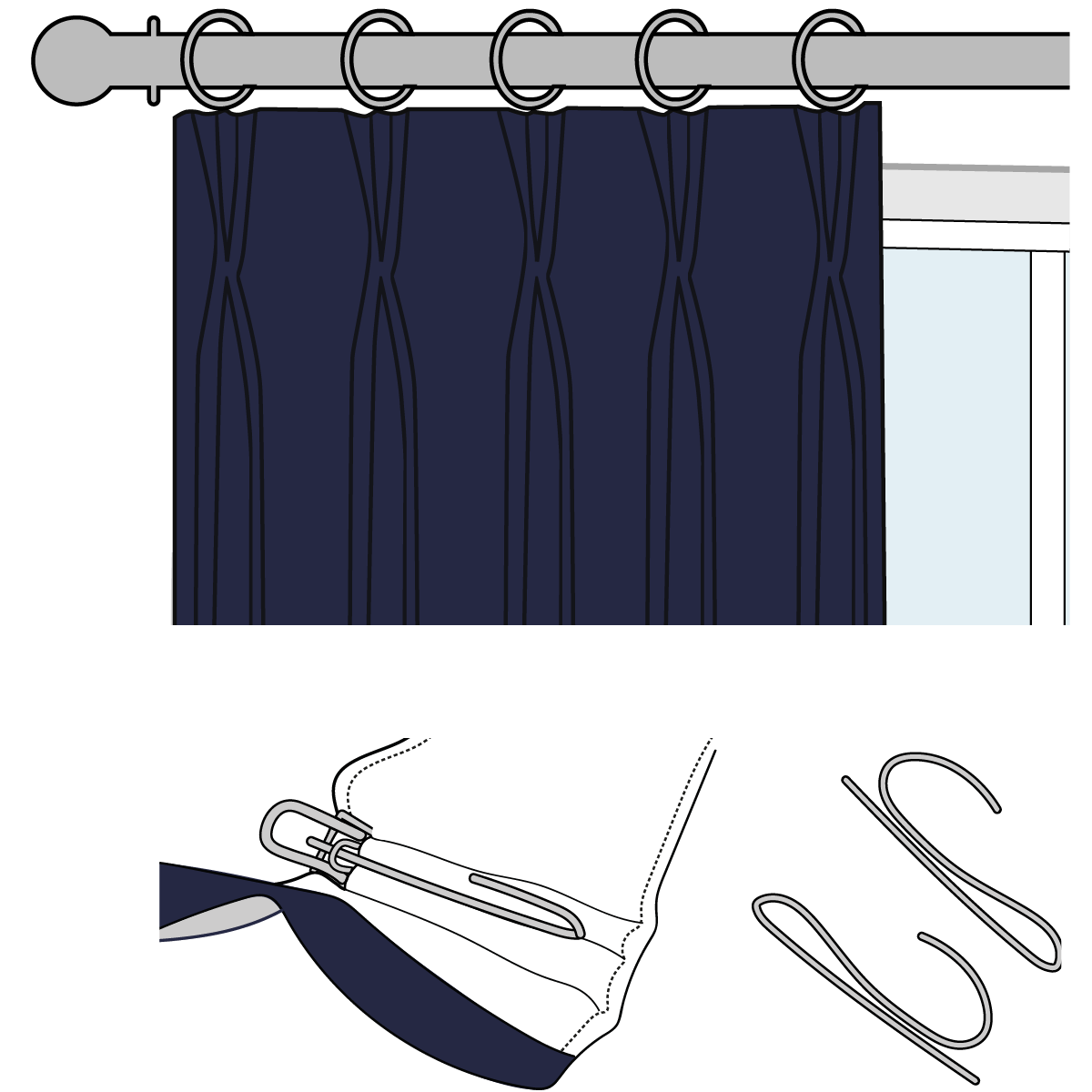
Hanging Position
If you have a curtain pole, attach the final curtain hook between the bracket and the finial and for a curtain track, attach it to the fixed glider at the end. The heading tape has three rows of pockets. For curtain tracks you will need to insert the hooks into the low or middle row of pockets so that the heading hides the track. For poles, insert the hooks into the top row of pockets so that the curtain hangs below the pole. Just make sure you insert the hooks into the pockets rather than onto the cords!
Step 6
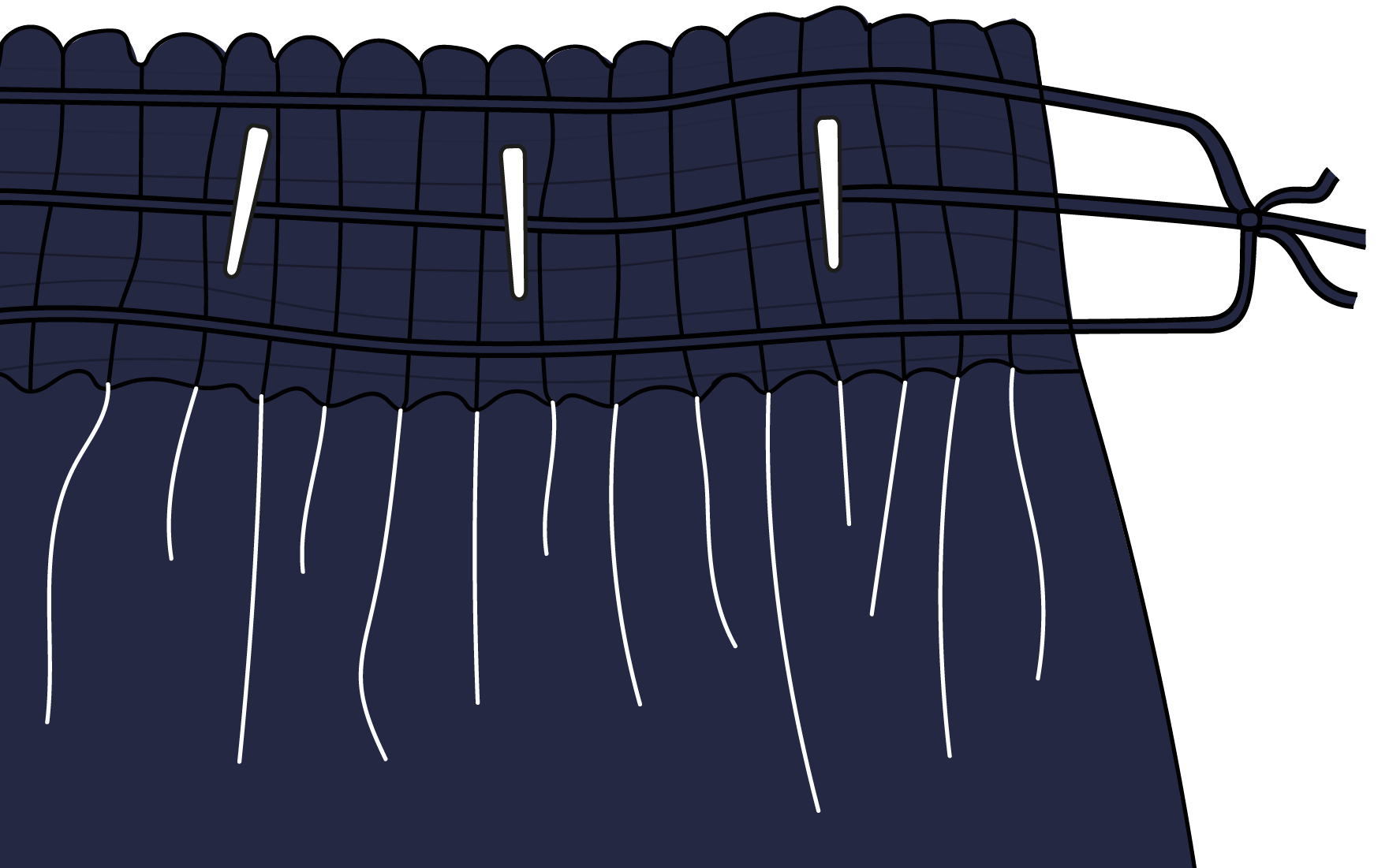
Hanging your Curtains
It’s better to hang the curtain with help from someone else, the second person can hold the weight of the curtain while you attach them to the hooks. This will minimise the risk of your pleats moving when the curtains hang while you’re attaching it to the hooks. If you don’t have anyone to help you, put the curtain over one shoulder to take the weight and start hanging from the centre of the track.
Step 7
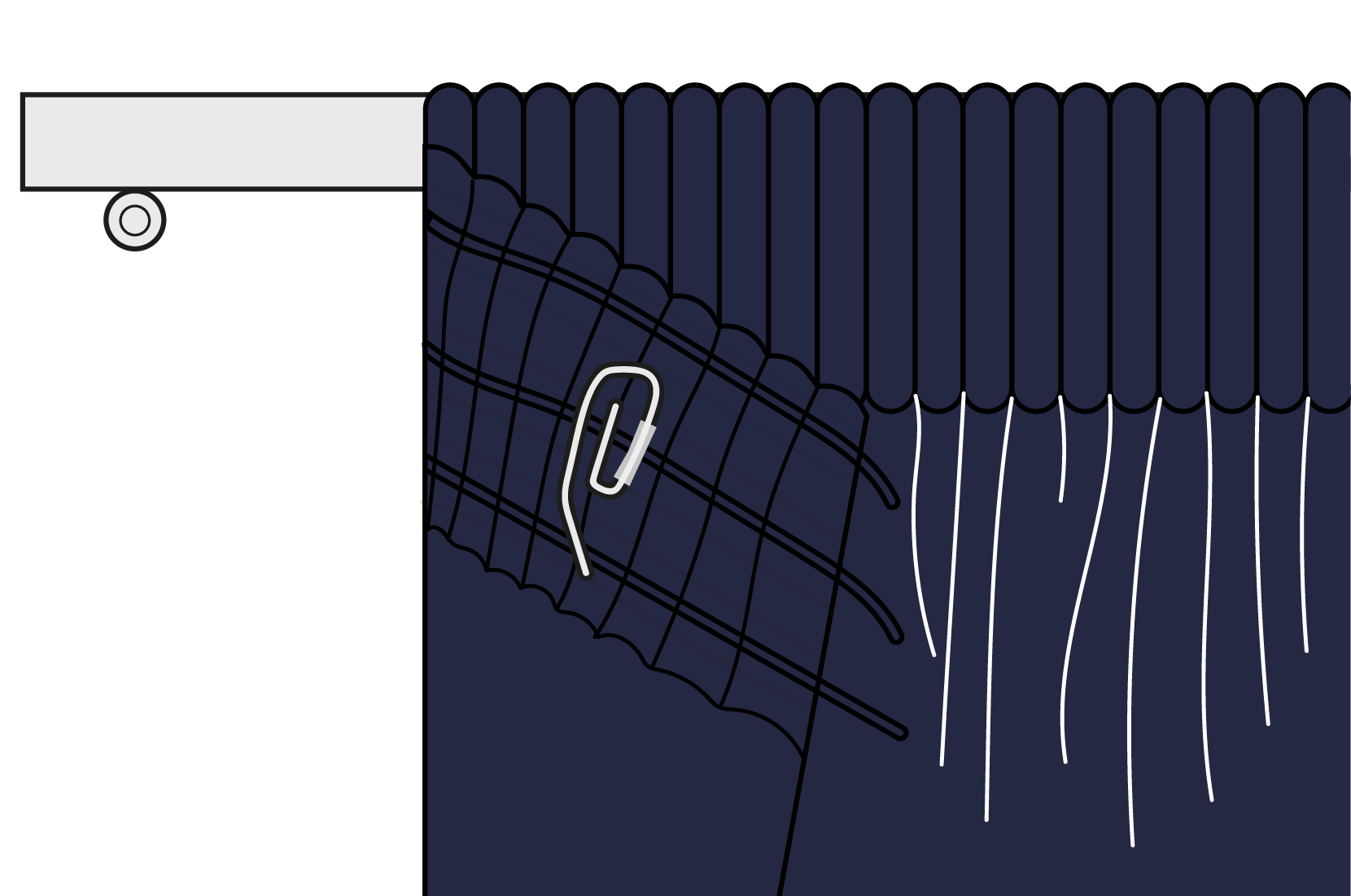
Fitting Pinch Pleat Curtains
Decide where to position the hook that sits at the back of the pleat. If you have a pole then move the hook to the top of the heading, this will make sure your curtain hangs below the pole. For curtain tracks, position the hook towards the middle so that the heading will cover the track.
Step 8
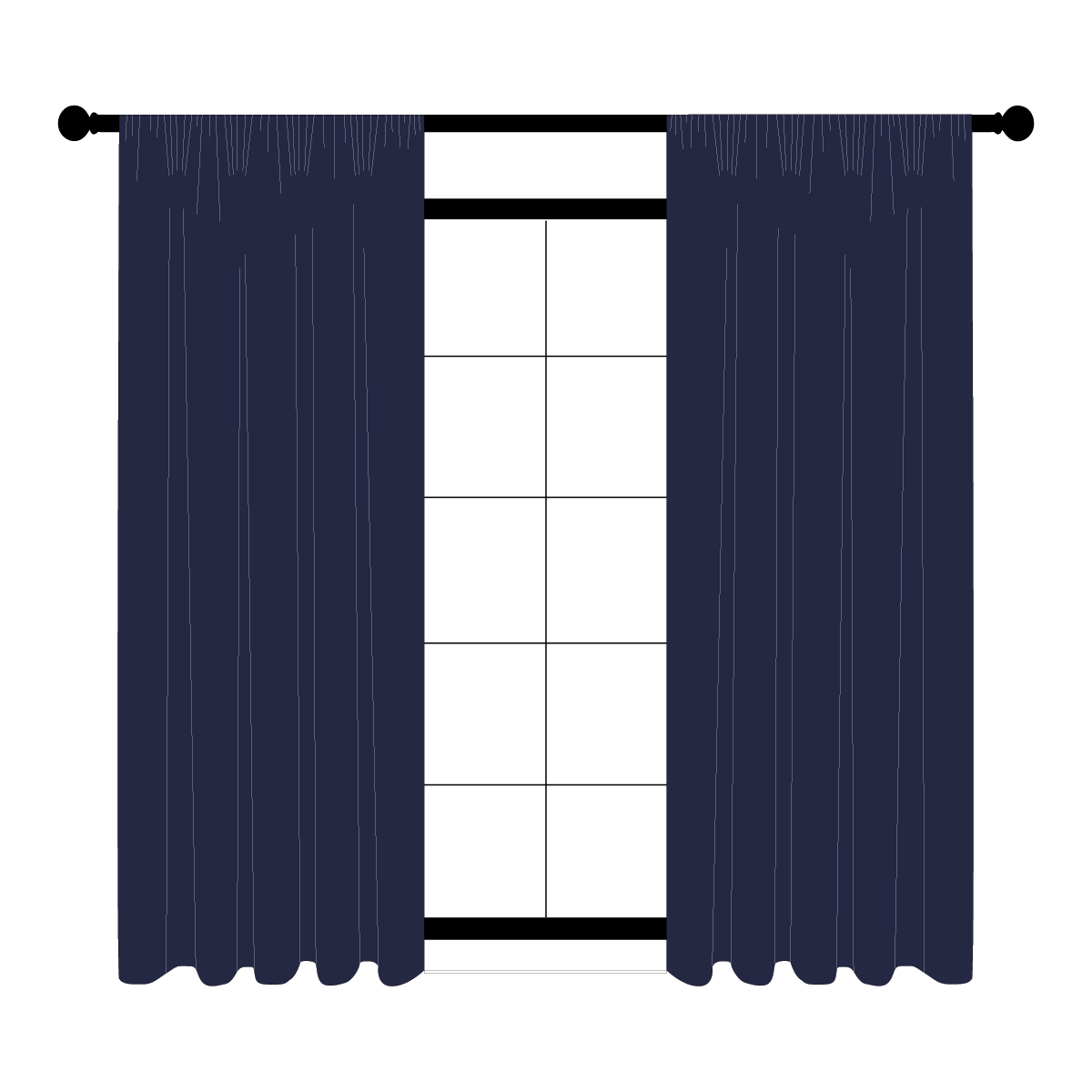
Final Checks
Make sure that you have the same number of track gliders or pole rings as you have pleats and then simply hook through. If you have a curtain pole, attach the final curtain hook between the bracket and the finial and for a curtain track attach it to the fixed glider at the end.
All curtains will need time to settle and look their best. To help in this process we recommend you take some time to arrange your curtains into neat, even fullness folds for the first few days. Eventually you will build a ‘memory’ into the fabric and the curtains will hold their look.
Final Steps
When curtains are first hung, they should be dressed to encourage them to fall into even folds.
Step 1
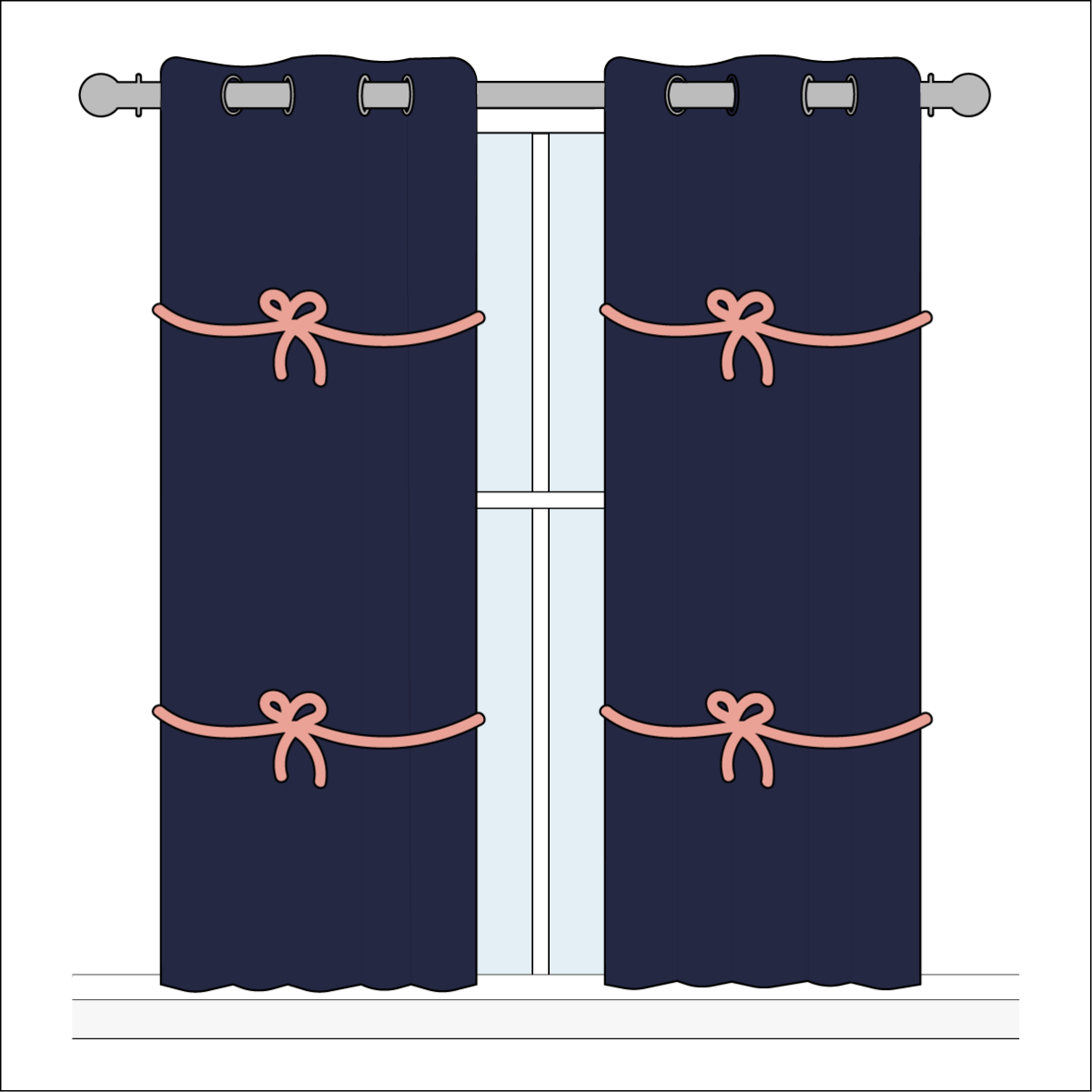
Dressing Your Curtains
- To begin, draw the curtains back to the side of your window.
- Starting from the outside edge, work from the top downwards and run your hands firmly down the length of each pleat or fold so that they fall into smooth pleats.
- Ideally you should now tie your curtains. We recommend you cut strips from the plastic packaging your curtains have been delivered in, to tie around the whole curtain. They should hold the folds into position but not be so tight that they mark the fabric.
- Leave in position for about 48 hours and then untie. Your curtains will now hang beautifully.
Step 2
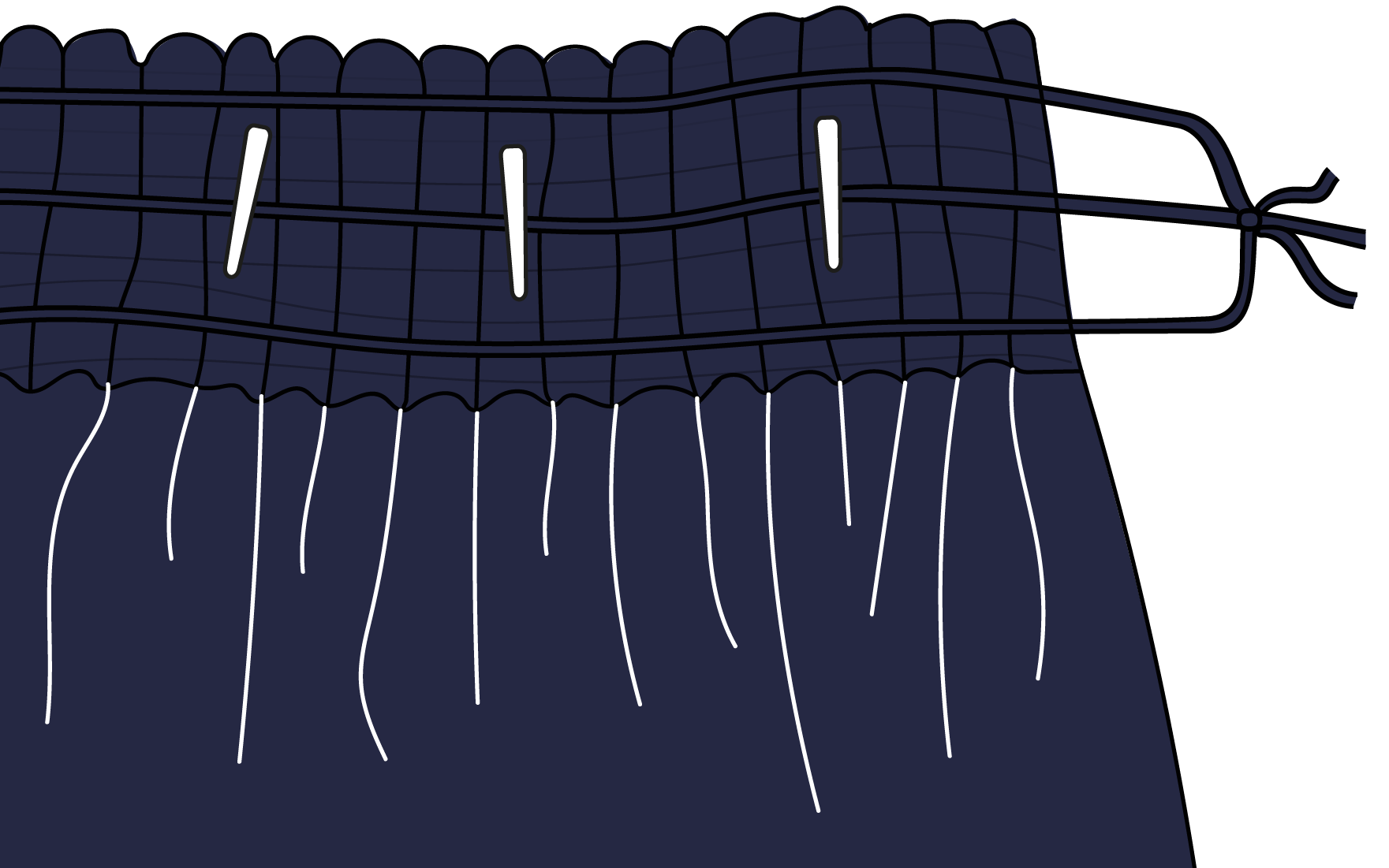
Looking After your Curtains
We always recommend professional dry cleaning for all curtains. Before cleaning your curtains, remove all curtain hooks, untie the pencil pleat draw cords at one end and stretch the curtain out flat. For cleaning instructions please refer to the label in each curtain.
Shrinkage We always recommend dry cleaning your curtains to minimise shrinkage.
Ironing All curtains (except velvet) can be lightly ironed with a warm iron. Steam, excessive pressure or temperature should be avoided as these can stretch or shrink the fabric.
Velvets Velvet pile is prone to flattening during transit or cleaning which can show as patches of darker and lighter shade. These marks will usually disappear when the curtains have been hung, but it may be necessary to assist by steaming (with a kettle) and brushing upwards to lift the pile. Velvets and all lined or fringed products must always be dry cleaned and never ironed.
Step 3

Make your Curtains Safe
Young children can be strangled by loops in pull cords, chains, tapes, and inner cords that operate the product. To avoid strangulations and entanglement, keep cords out of the reach of young children.
- Move beds, cots and furniture away from window covering cords.
- Do not tie cords together.
- Make sure cords do not twist and create a loop.
- If you’re using corded tracks or poles, ensure the child safety accessories are correctly fitted.
- Curtain track, pole and blind cords should never be cut, even as a short term solution. Cutting the cord in the wrong place can make the curtain track, pole or blind inoperable. It will also lead to one cord becoming much longer than the other which increases the risk of a child becoming entangled. The cut cords can also become entangled and resulting in the reformation of a loop defying the very purpose of cutting them.